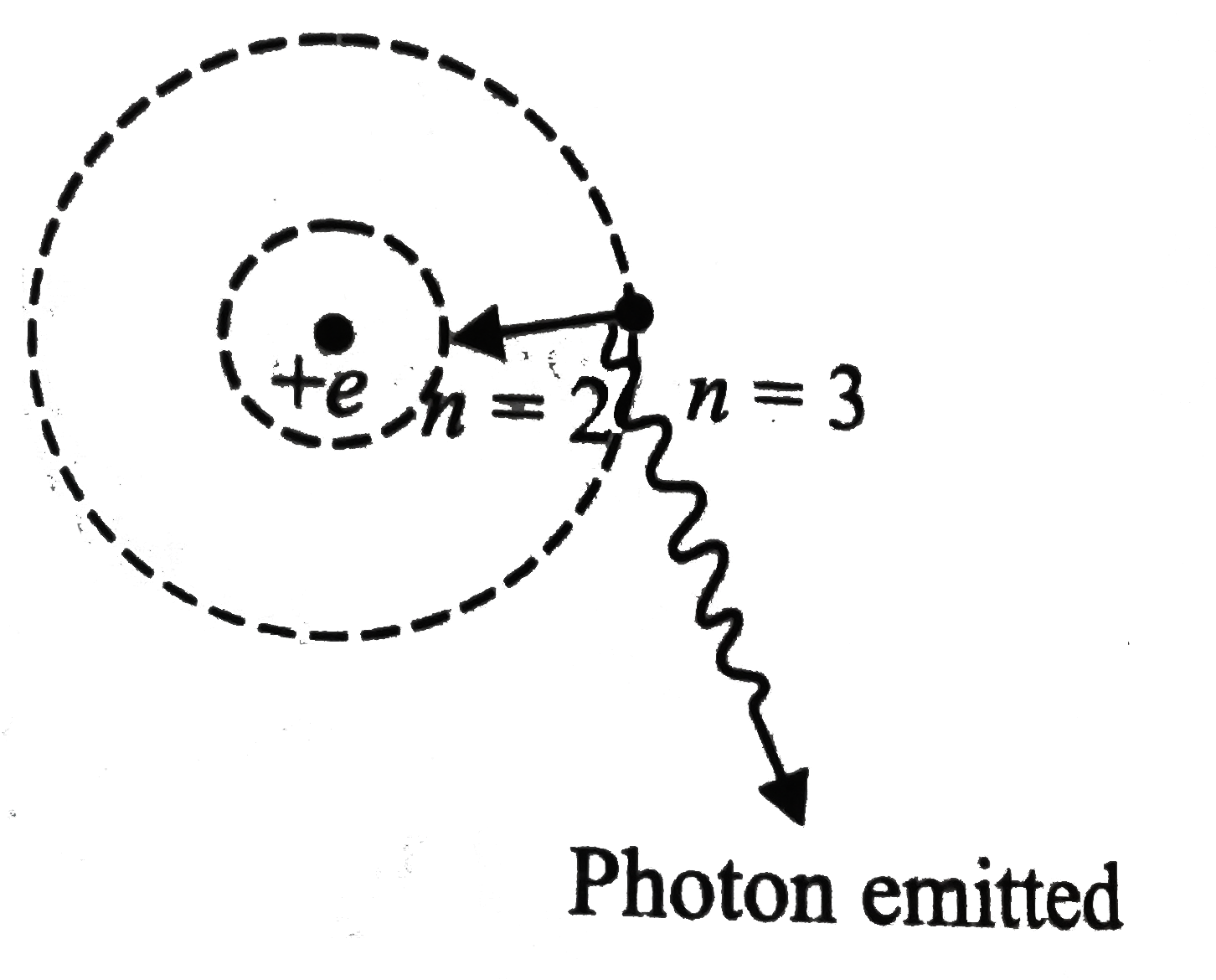A single electron orbits around a stationary nucleus of charge +Ze. It requires 47.2 eV to excite the electron from the 2nd to 3rd Bohr orbit. Find atomic number 'Z' of atom .
Atomic number of species is 5
The kinetic energy in first excited state is 85 eV
The potential energy in second state is -170 eV
First excitation potential of species is 255 V
Step by step video solution for A single electron orbits around a stationary nucleus of charge +Ze. It requires 47.2 eV to excite the electron from the 2^"nd" to 3^"rd" Bohr orbit. Find atomic number 'Z' of atom . by Chemistry experts to help you in doubts & scoring excellent marks in Class 12 exams.
Updated on:21/07/2023Topper's Solved these Questions
Similar Questions
A single electron orbits around a stationary nucleus of charge +Ze, where Z is a constant and e is the electronic charge. It requires 47.2eV to excited the electron from the second Bohr orbit to the third Bohr orbit. Find (i) the value of Z, (ii) the energy required to excite the electron from the third to the fourth Bohr orbit and (iii) the wavelength of the electromagnetic radiation radiation to remove the electron from the first Bohr orbit to infinity.
View SolutionA single electron ion has nuclear chrage +Ze where Z is atomic number and e is electronic charge. It requires 16.52eV to excite the electron from the second Bohr orbit to third Bohr orbit. Find
(a) The atomic number of element?
(b) The energy required for transition of electron from first to third orbit?
(c ) Wavelength of photon required to remove electron from first Bohr orbit to infinity?
(d) The kinetic energy of electron on first Bohr orbit?
View SolutionAn electron revolves round a nucleus of charge Ze. In order to excite the electron from the n=20 to n=3, the energy required is 47.2eV. Z is equal to
View SolutionA single electron orbit around a stationary nucleus of charge +Ze where Z is a constant and e is the magnitude of the electronic charge. It requires47.2eV to excite the electron from the second bohr orbit to the third bohr orbit. Find
(i) The value of Z
(ii) The energy required by nucleus to excite the electron from the third to the fourth bohr orbit
(iii) The wavelength of the electronmagnetic radiation required to remove the electron from the first bohr orbit to inlinity
(iv) The energy potential energy potential energy and the angular momentum of the electron in the first bohr orbit
(v) The radius of the first bohr orbit (The ionization energy of hydrogen atom =13.6eV bohr radius =5.3×10−11matre velocity of light =3×108m/sec planks 's constant =6.6×10−34 jules - sec )
View SolutionA single electron orbits a stationary nucleus of charge +Ze, where Z is a constant and e is the magnitude of electronic charge . It requires 47.2eV to excite electron from second Bohr orbit to third Bhor orbit . Find
a the value of Z
b the energy required to excite the electron from the third to the fourth Bohr orbit.
c. the wavelength of electromagnetic rediation required to remove the electron from the first Bohr orbit to infinity.
d Find the KE,PE, and angular momentum of electron in the first Bohr orbit.
e. the redius of the first Bohr orbit
[The ionization energy of hydrogen atom =13.6eV Bohr radius =5.3×10_11m, "velocity of light" =3×10−8jms−1, Planck's constant =6.6×10−34j−s]
View SolutionA single electron orbits around a stationary nucless of charge +Ze where Z is a constant and e is the magnitude of electronic charge ,if respuires 47.2 e

is excite the electron from the second bohr orbit to the third bohr orbit
a. Find the value of Z
View SolutionThe de Broglie wavelength of an electron in the 3rd Bohr orbit is
View SolutionThe ratio of the energy required to remove an electron from the first three Bohr's orbit of Hydrogen atom is
View SolutionEnergy required for the electron excitation in Li++ from the first to the third Bohr orbit is:
View SolutionAn electron revolves round a nucleus of atomic number Z. if 32.4 eV of energy is required to excite an electron from the n=3 state to n=4 state, then the value of Z is
View Solution
